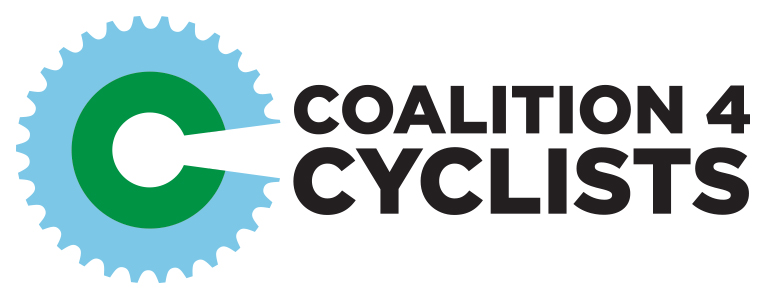Over the years, C4C’s work has become increasingly focused. The intention is to leverage the capacity of a small nonprofit towards improving outcomes in traffic safety and maintaining or improving the “opportunity” of cycling in Boulder County. For C4C, opportunity means the ability to have a full human life that is related to safe and appealing access to cycling. For many in Boulder County, cycling is a treasured way of life.
Fixing adverse safety outcomes and maintaining or improving access to great cycling are conditioned by infrastructure and policy. Here in Boulder County and for C4C, that means supporting Boulder County Government’s leading planning standards for great infrastructure and intervening where the crash data shows the need. C4C’s only task within Boulder County is to keep supporting or even accelerate Boulder County’s work.
To that end, C4C’s main infrastructure project is funding the construction of the North Foothills Safety Project. This is one of or the most dangerous road in the state for cyclists. The project is urgent, the longer current conditions persist, the more seriously injured and killed there will be. The project is important, North Foothills Highway is a crucial connection in the cycling network. The project is critical, it’s a demonstration of how the design-use (what gets built) of right-of-way (public land for connecting communities) determines outcomes.
Apart from the incremental execution of Boulder County’s planned infrastructure, as crash data improves across the state, Boulder County is leading in its actual implementation of mitigations. Based on extensive analysis, Boulder County’s Vision Zero (safety) program is methodically beginning to re-do dangerous locations that produce killed and seriously injured. As a driver, it may feel like an inconvenience. As a society, it will result in everyone arriving at their destination safely.
With C4C’s programs related to Boulder County being in good shape, I have turned more attention to scaling the work in Boulder County to surrounding areas and to the Colorado Department of Transportation. This is not easy.
There are some bright spots. Though it has taken a long time and a lot of work, CDOT has become willing to partner with Boulder County on Boulder County’s design standards. Traditionally, state departments of transportation use right-of-way for roadways. Boulder County designs its right-of-way for multiple uses (multi-modal) that are all connected (network).
The Highway 119(B) Boulder – Longmont Project is a case study in how to do it. There are no added general purpose traffic lanes, we know they do not work. There are roadway safety improvements, they may add a minute to a driver’s travel time but they reduce crashes substantially. There will be bus-rapid-transit making travel by bus fast, frequent, accessible, and appealing. There is a $50M separated bikeway that will go over or under most intersections. Eventually, there will be passenger rail in the corridor linking to regional destinations. In sum, this is great work.
C4C’s position is that the type of work on Highway 119 should be adapted appropriately across Colorado’s diverse places and scaled in order to achieve mobility, safety, and comfort for all.
Doing so starts in the planning phase which is what Boulder County does and it works. I’d also scale and adapt Boulder County’s safety intervention work (Vision Zero) to a statewide level.
For C4C, funding is not really the problem. There’s not enough money in the first place anyways so let’s funnel money into good plans and great infrastructure instead of roadways that we know don’t work on their own.
On a personal note, my wife and I visited Scotland and ended up in the Lammermuir Hills. It was a funny feeling to see a place near to where my great-grandparents were from. According to the locals, it is home to the oldest cycling club in the world. Over the course of days, I saw dozens or hundreds of cyclists and it was just like home. They were having a great day on their bikes.
In December, I’ll provide a specific summary of C4C’s work and where your donations go. Thanks for supporting C4C.
Matt Muir, C4C


